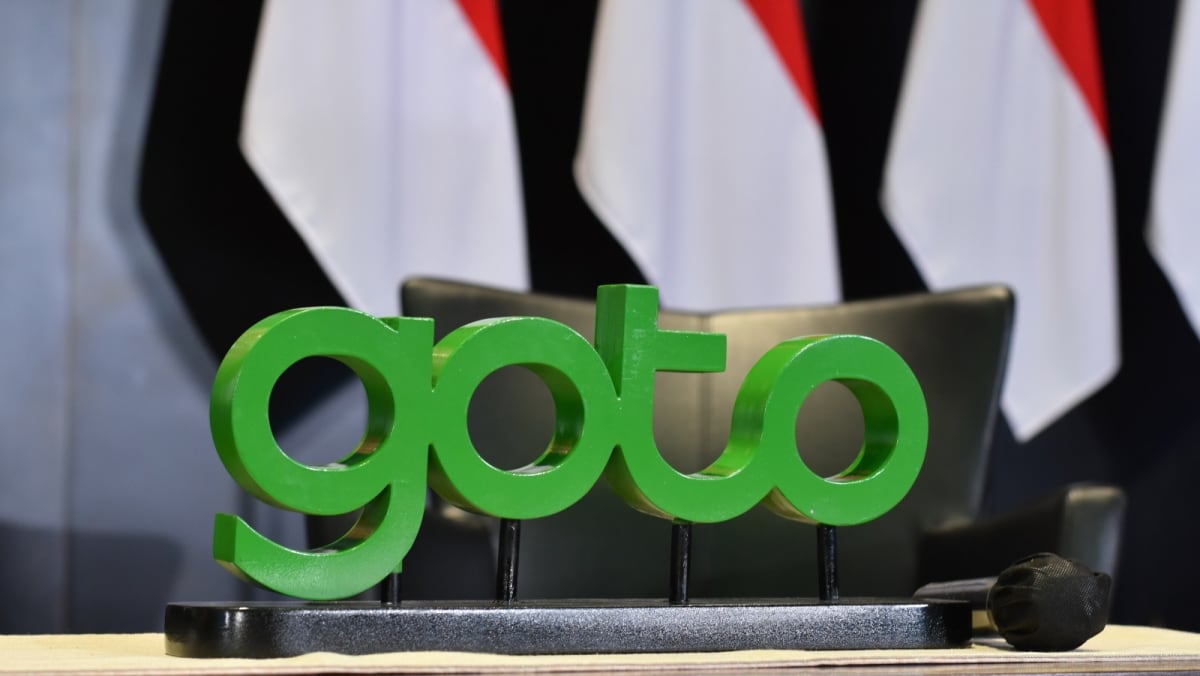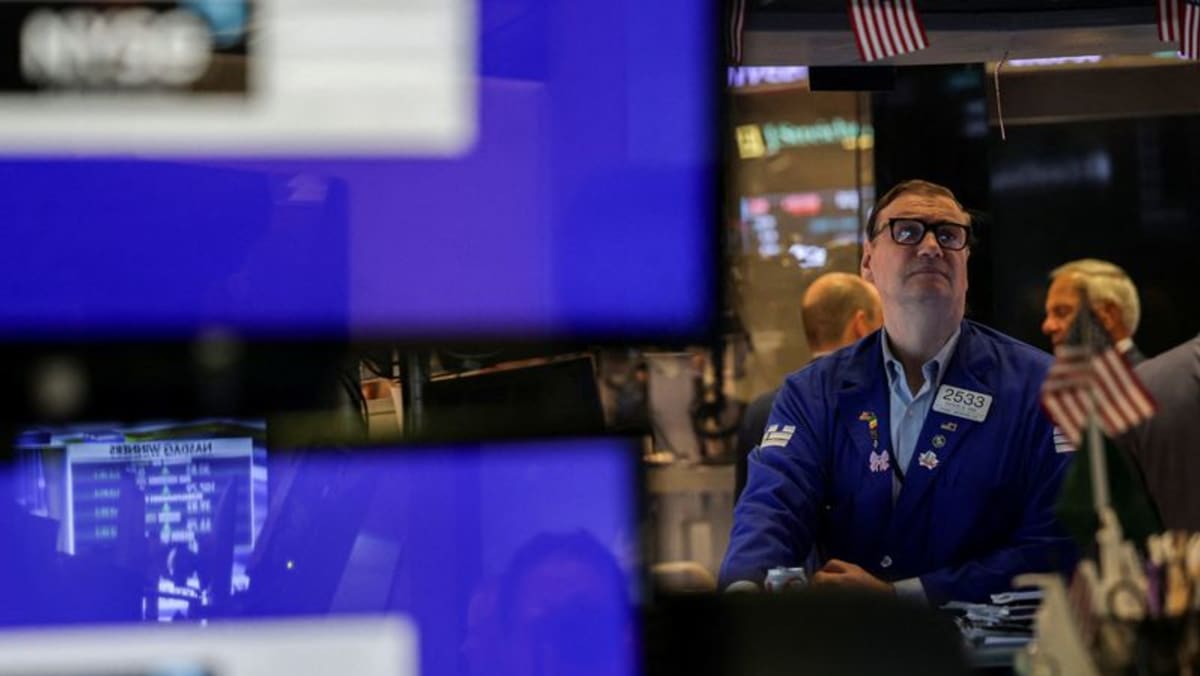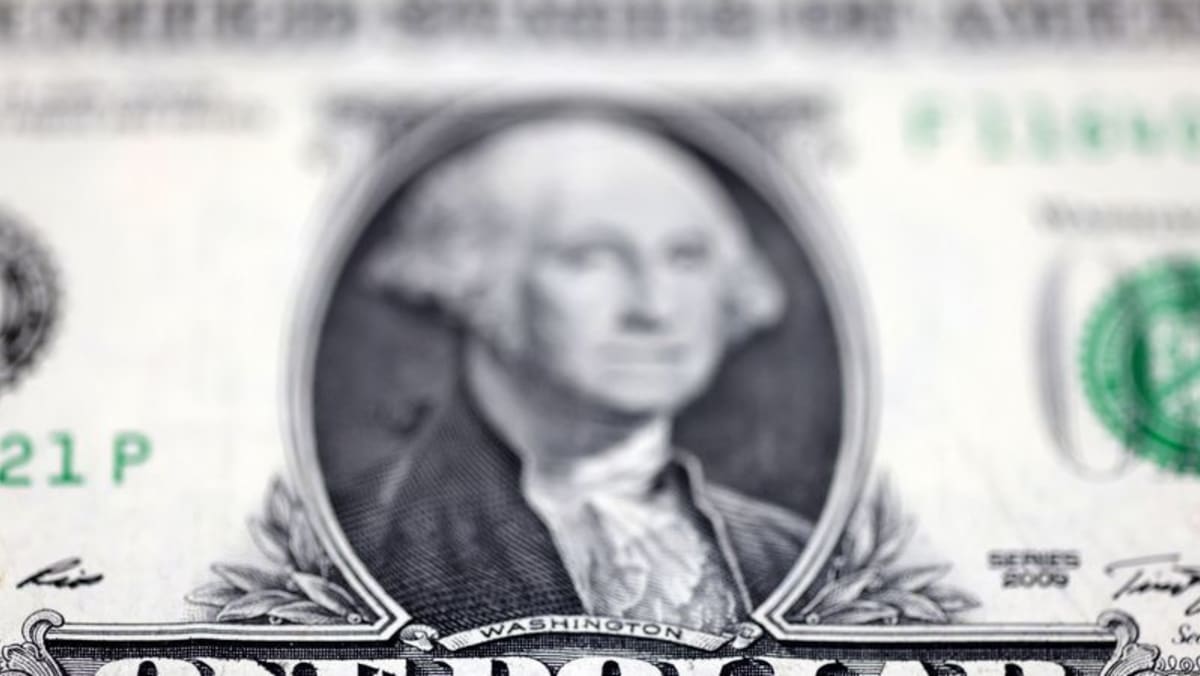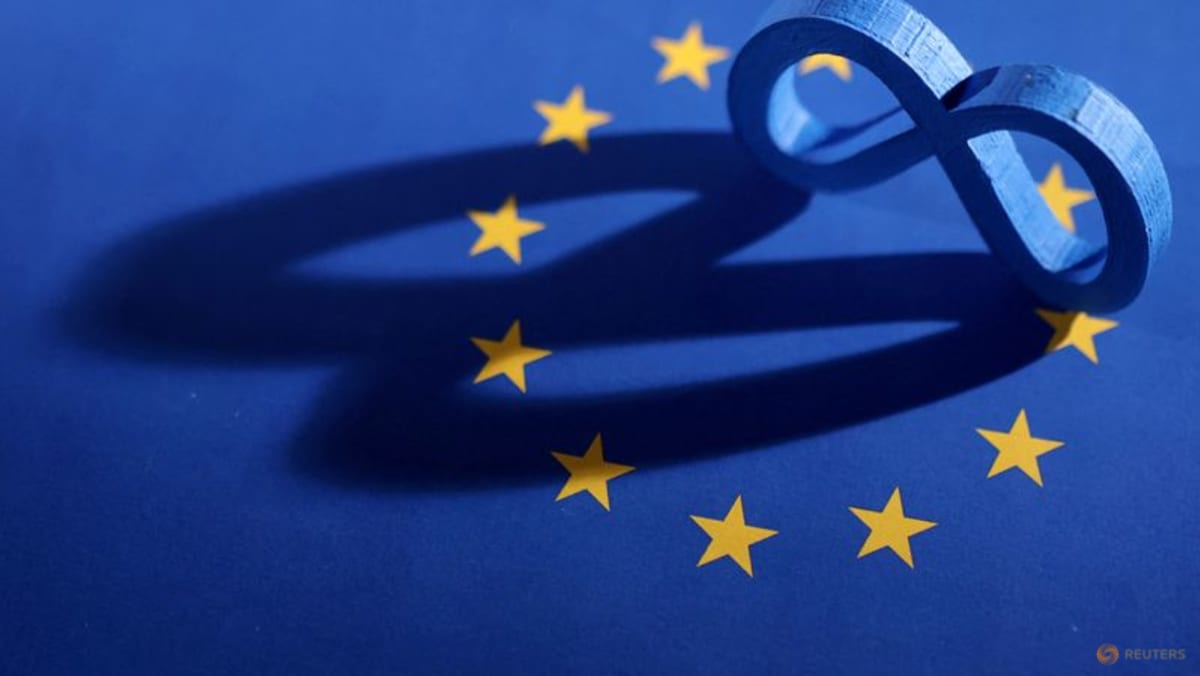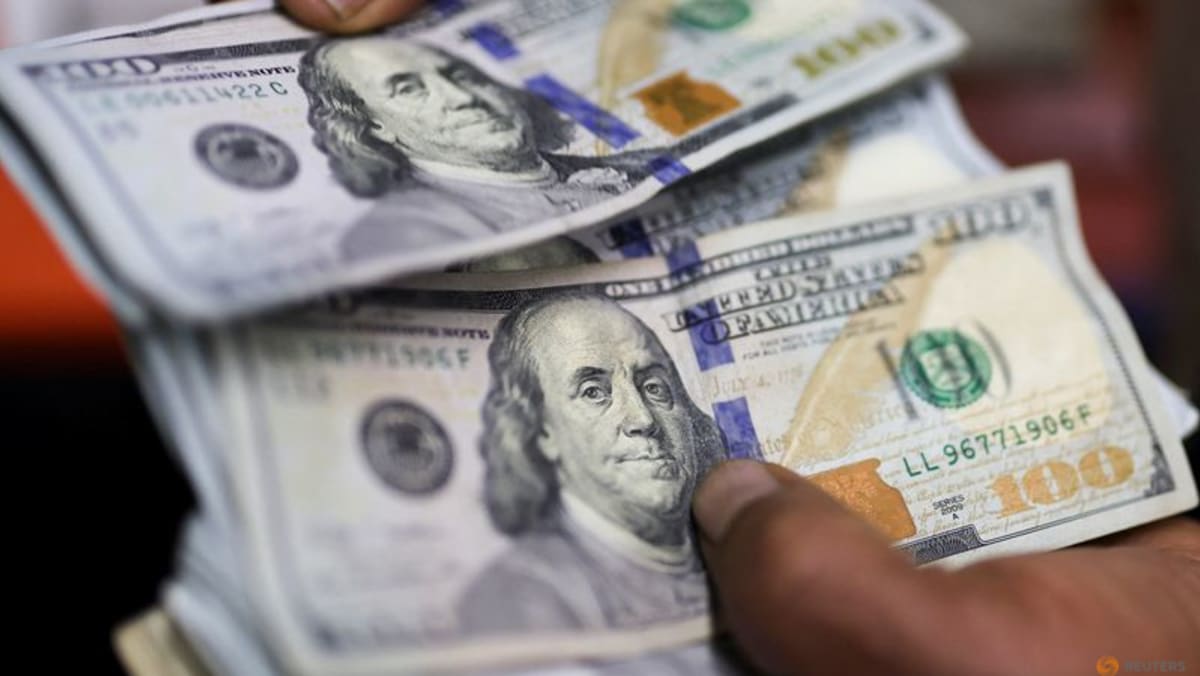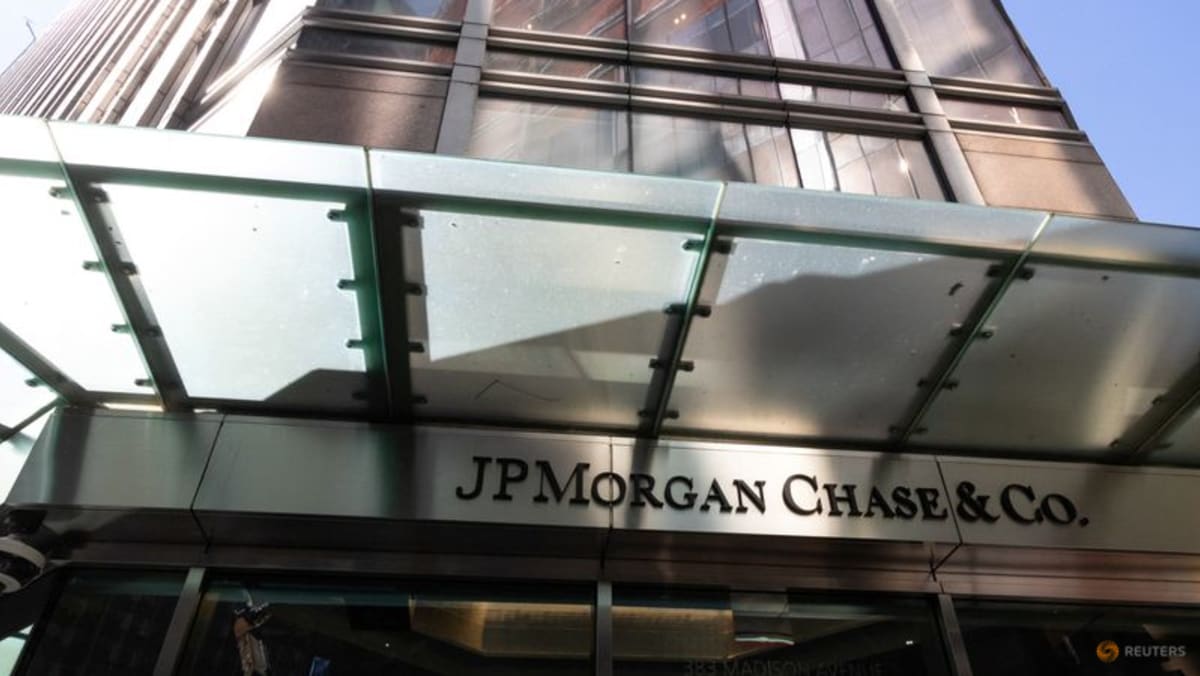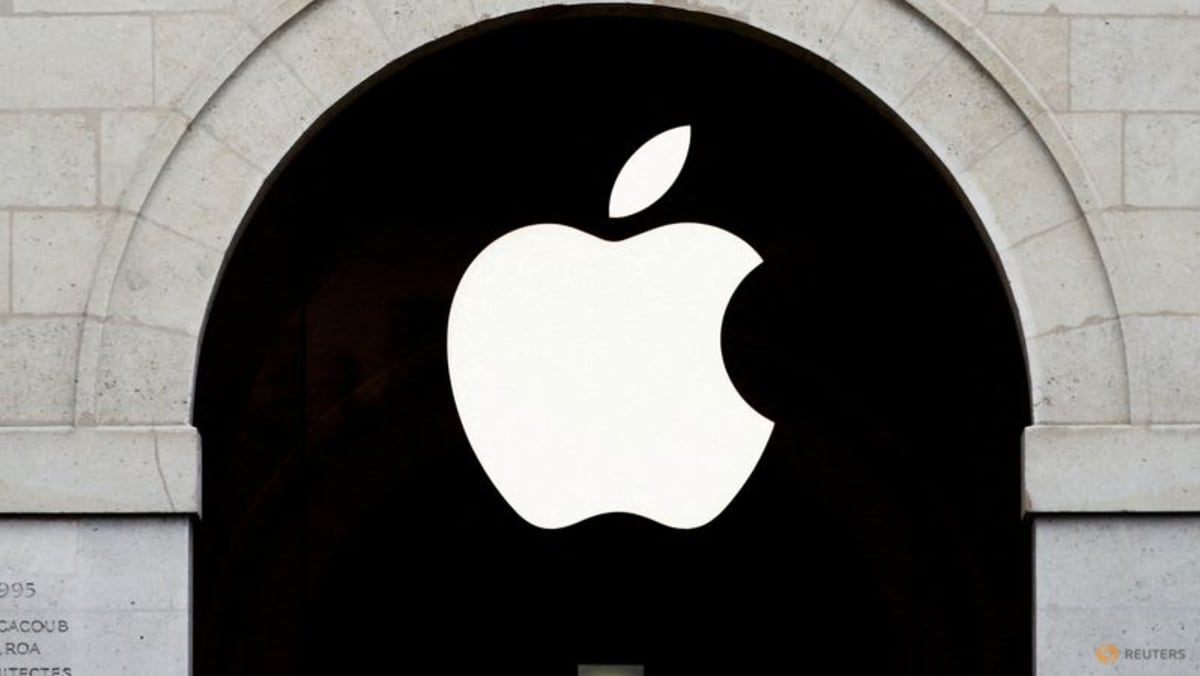The euro eased against the dollar ahead of an expected interest rate cut by the European Central Bank on Thursday, while the greenback lifted off seven-month lows against the yen after U.S.-Japan trade talks avoided the issue of foreign exchange.
U.S. President Donald Trump’s erratic trade policy has clouded the outlook for global growth and inflation, putting central banks in a tricky position as they assess next steps as more tariffs loomed.
The ECB is all but certain to cut interest rates for the seventh time in a year on Thursday, looking to prop up an already struggling economy that will take a large hit from U.S. tariffs.
The euro eased 0.3 per cent to $1.13685 after hitting $1.14 earlier in the session, not far off its three-year high hit last Friday.
Eyes are also on Italian Prime Minister Giorgia Meloni, who is heading to the White House for a meeting on Thursday with Trump, seeking to ease tensions over U.S. tariffs on European goods and position herself as a bridge between Washington and Brussels.
‘SUPER THURSDAY’
“It’s a bit of a Super Thursday for the euro, for the European bond market, but also for the European economy at large …it could be quite a pivotal moment,” said Kenneth Broux, head of corporate research FX and rates at Societe Generale.
“We’ll see if Meloni can extract maybe some concessions that lead us to a better kind of bilateral trade position … if the trade position can somewhat be improved, that means that the ECB can be a little bit more relaxed,” Broux said.
Trump touted “big progress” in tariff talks with Japan on Wednesday.
Against the yen, the dollar rose 0.58 per cent to 142.64. It touched a seven-month low of 141.62 yen early in Asia trade before bouncing back after Japan’s economy minister Ryosei Akazawa said foreign exchange had not been discussed at the trade talks in Washington.
The yen had gained into the meetings in anticipation the countries could agree to strengthen the yen against the dollar. But with long yen positioning the highest on records stretching back to 1986, gains could be unwound if no deal is struck.
DOLLAR ATTEMPTS BOUNCE
Investor confidence in U.S. economic growth and stability has been shaken in the past few weeks due to the tariff-induced market turmoil, hurting the dollar as some moved money out of U.S. assets.
The greenback attempted a bounce on Thursday against major peers ahead of the long Easter break, but was still on track to end the week in the red, making it four weekly losses in a row.
The dollar index nudged up to 99.56.
The U.S. currency rose 0.6 per cent to 0.8182 Swiss francs. The almost 8 per cent gain for the franc since April 2 is the largest among G10 currencies and at 0.8182 per dollar it is still close to testing resistance at a decade-high of 0.81.
The euro and yen are not far behind with gains of near 5 per cent on the dollar in little more than two weeks, leaving both overdue for a bit of a pullback.
Trade is likely to be lighter into Easter, with many markets closing on Good Friday and some remaining shut on Easter Monday.
The dollar’s slide has already broken the New Zealand dollar out of its recent range and is close to doing the same for the Australian dollar.
The kiwi was above 50-day and 200-day moving averages at $0.5905 on Thursday, though failed to advance much further despite a surprisingly hot inflation reading since price rises looked temporary and unlikely to derail rate cuts.
The Aussie was 0.5 per cent weaker at $0.6339, with a rebound in employment data not really ruffling market expectations for a rate cut in May.
Sterling took a breather at $1.323, capped by a softer-than-expected inflation reading on Wednesday.
